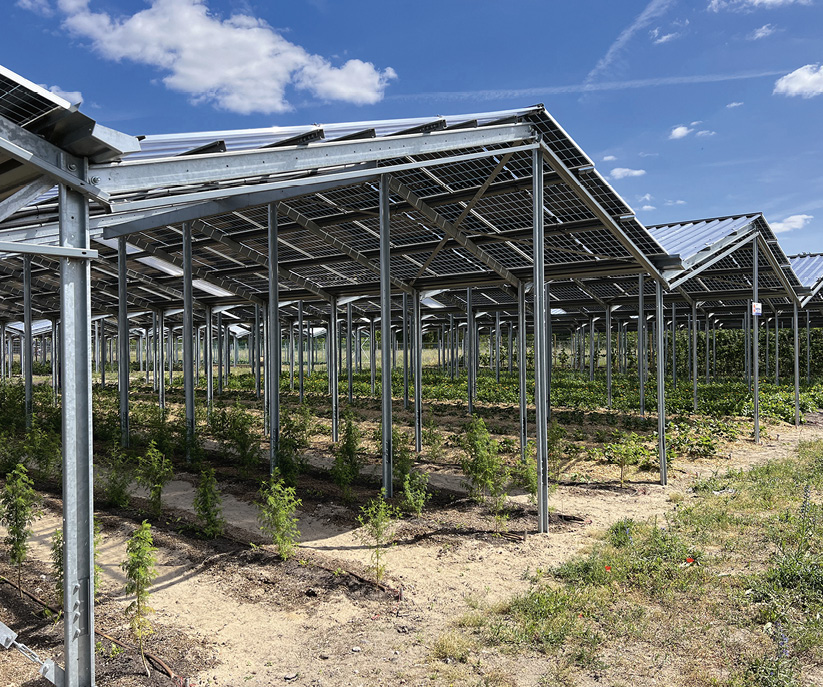The government of Croatia recently adopted a legal framework for the deployment of agrivoltaics, to enable speedy approval procedures for such PV installations.
“The newly adopted legislation will make it possible to greenlight agrivotaics even faster than regular PV installations,” Maja Pokrovac, the director of the Association Renewable Energy Sources of Croatia (RES Croatia), told pv magazine.
Pokrovac said there has been a lot of interest from investors, but also strong pushback. Therefore, RES Croatia is organizing numerous workshops, roundtables, and consultations in a bid to inform the public about the benefits of agrivoltaics.
“There has been a change of heart among the farmers as they learn more about the potential of agrivoltaics for optimizing yield and reducing electricity bills,” says Pokrovac. “Our association will share further extensive data on the potential of agrivoltaics in Croatia in our new study which will be launched in September. The study was carried out by Croatia’s leading experts and financed by the EBRD.”
According to the new rules, agrivoltaics can be installed on sites defined as agricultural land, disused plots, and locations that host permanent plantations, including vineyards, and olive groves. The new legislation allows for every farmer to install agrivolatics on their own land.
“Our analysis finds that the country’s agrivoltaics potential is quite evenly distributed. In Slavonia, for example, there is a lot of potential for this type of installation as well as grid availability,” Pokrovac said.
Popular content
According to the association’s data, Croatia has the potential to develop 3 GW of agrivoltaic projects.
“We are receiving updates from the Ministry of Agriculture that the interest in agrivoltaics is growing strong,” Pokrovac said. “Already this year, big developments are expected and projects in the double-digit MW sizes are expected. This will be a significant addition for the country’s solar fleet.”
This content is protected by copyright and may not be reused. If you want to cooperate with us and would like to reuse some of our content, please contact: editors@pv-magazine.com.



Does Croatia have a legal definition on what defines as agrivoltaics?
Any document link related to this?